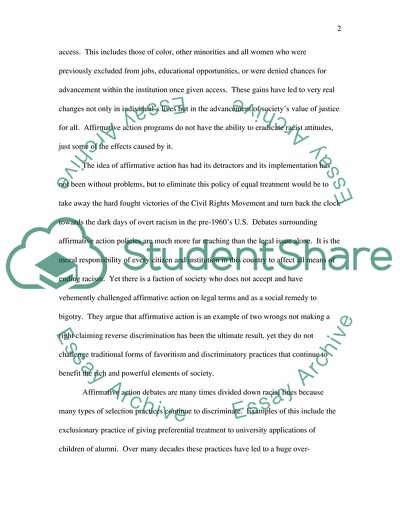Cite this document
(Affirmative Action Assignment Example | Topics and Well Written Essays - 3000 words, n.d.)
Affirmative Action Assignment Example | Topics and Well Written Essays - 3000 words. https://studentshare.org/politics/1703694-affirmative-action
Affirmative Action Assignment Example | Topics and Well Written Essays - 3000 words. https://studentshare.org/politics/1703694-affirmative-action
(Affirmative Action Assignment Example | Topics and Well Written Essays - 3000 Words)
Affirmative Action Assignment Example | Topics and Well Written Essays - 3000 Words. https://studentshare.org/politics/1703694-affirmative-action.
Affirmative Action Assignment Example | Topics and Well Written Essays - 3000 Words. https://studentshare.org/politics/1703694-affirmative-action.
“Affirmative Action Assignment Example | Topics and Well Written Essays - 3000 Words”. https://studentshare.org/politics/1703694-affirmative-action.


